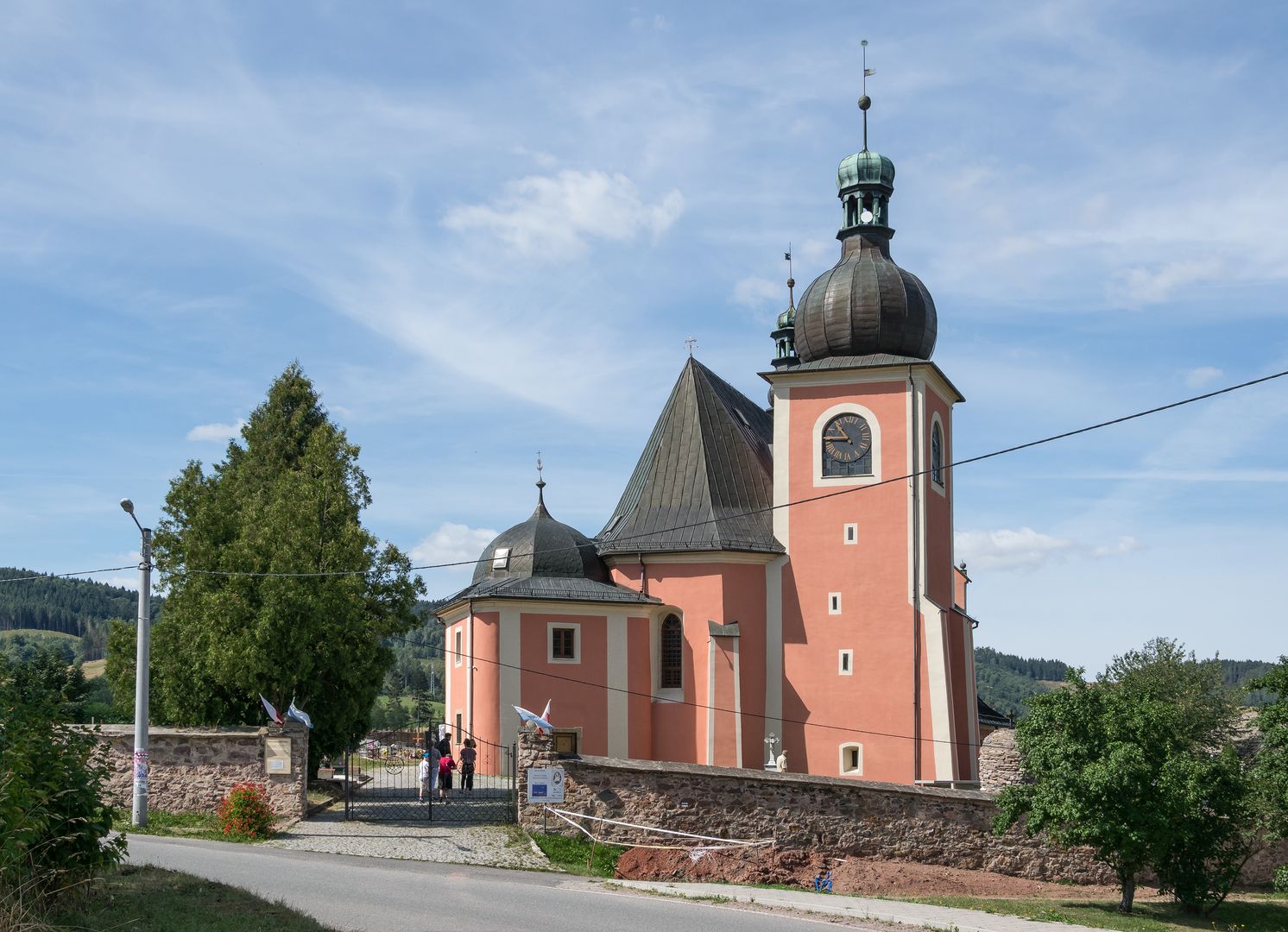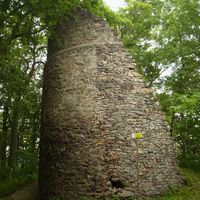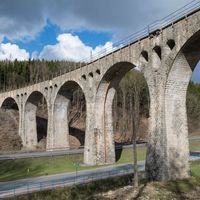Lewin Kłodzki
7.18

Overview
The commune of Lewin Kłodzki, located in southwestern Poland in the Sudetes, is characterized by a rich cultural and architectural heritage. Among its monuments are the Calvary in the Municipal Grove, the churches of St. John Nepomucene and St. Michael the Archangel, the statue of St. John Nepomucene, the townhouse on the market square, and Homole Castle. The commune also boasts exceptional natural values, distinguished by its valley landscape and forests, with the highest point reaching 825 meters above sea level. The commune has historical roots dating back to the 14th century when it gained the status of a village, and in 1415, it received town rights. Lewin Kłodzki was a significant center of weaving, which contributed to its economic development in the 18th and 19th centuries. After World War II, the town lost its municipal rights and was transformed into a rural commune, which led to its decline. The commune authorities, having returned to Lewin Kłodzki in 1991, are taking steps to develop tourism, which is now the main branch of the local economy. The commune cooperates with partner municipalities in the Czech Republic and Germany, and its symbolism includes the image of town walls, emphasizing its historical rights. The Center for Culture and Tourism operates in Lewin Kłodzki, organizing various cultural events. The commune is also home to a School and Kindergarten Complex, and the average size of farms is about 13 hectares, focusing on animal husbandry. The commune is the residence of, among others, Violetta Villas, who incorporated local traditions into her work.
Location
Tickets
Powered by GetYourGuide
You can also find here:
2025 Wizytor | All Rights Reserved

